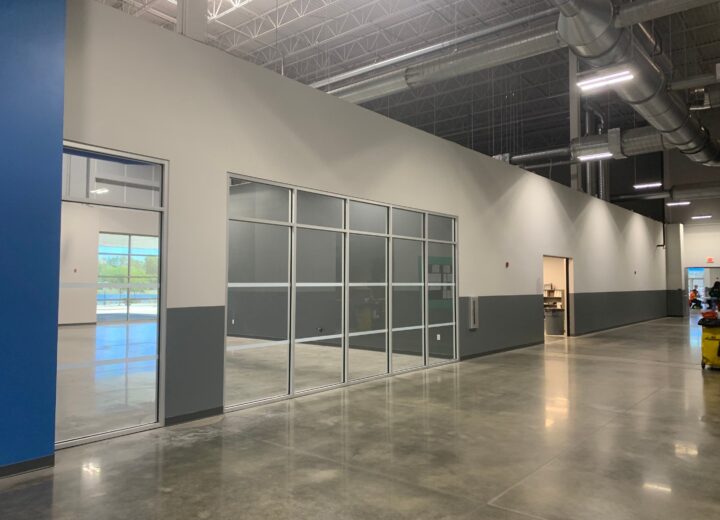Offering customers and employees a welcoming environment is one of the few things you can do to ensure the success of your business. No matter how high-quality the previous paint job was, you’ll eventually need to revive your company’s image by applying a new coat of paint. Below are ten steps to help you prepare for painting your business in Jacksonville, Florida.
- Consult with an expert – The best painting companies provide a wide range of services, including consulting. The painters working for these companies are able to suggest incredible paint color and texture combinations for your business.
- Get a written contract – Make sure that all estimates and project specifications are provided in writing. The contract should clearly state what exactly you’re getting for your money, and when.
- Consider colors – Carefully consider the color of the interior and exterior walls before painting your business. Though repainting walls after a wrong color choice may seem easy, it will require additional costs and more time to complete the project.

- Determine the area that needs to be painted – Deciding on the area in need of painting can help determine what tasks will need to be included in your project (e.g. surface prep for interior/exterior painting, gutter cleaning, pressure washing, etc.).
- Look for the best Florida commercial painters – Painting your business can be difficult. For the best results, it’s recommended that you hire a reputable professional painter, who can expertly and quickly prepare, repair, and paint any interior and exterior surface. The best painting contractors know what type of paint to use and how many coats to apply to make a painting project a success. Additionally, they can give you accurate cost estimates and time lines for your project, allowing you to plan everything in detail to avoid major disruptions.
- Check certificate of insurance – If you hire a contractor who has no insurance, you can be held accountable for damage done to neighboring properties or for the injuries sustained by the employees working on your property. Keep in mind that general liability insurance doesn’t include workers’ compensation.
- Allot sufficient funds – Calculating a contingency reserve based on the cost estimates provided by the contractor is imperative to make available the funds required to bring your project to a successful end.
- Move small items – Most contractors will handle everything themselves, from moving furniture, equipment, decorations, and window treatments to covering remaining items with plastic sheeting. However, it’s advisable to remove any small, fragile, or valuable items (e.g. paintings, glass items, and electronics) yourself to prevent loss or damage. Upon project completion, the contractor will place all furniture, equipment, decorations, and window treatments back.
- Repair extensive damage – Most professional painters perform wall repair and texturing in addition to painting. But if you see major cracks in foundation walls, you need to hire a constructor to repair structural damage before enlisting the services of a painter.
- Clean gutters – If the painting company you intend to hire does not offer gutter cleaning as part of exterior painting projects, you need to clean your gutters before painting your business. Gutters that aren’t cleaned often clog, causing damage to exterior walls.
It’s also very important to choose the right time to paint. Here are a few things to consider:
- low temperatures may prevent paint from adhering correctly to walls;
- high relative humidity levels can cause the paint to bubble or blister;
- when painting interior walls, heating and air conditioning can help eliminate temperature and moisture problems;
- new low-VOC paints can be used to paint interior spaces all year round.






